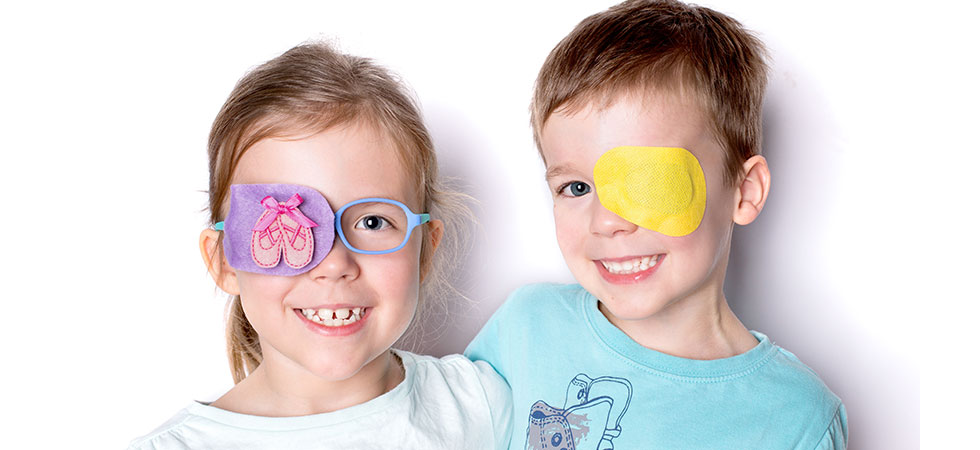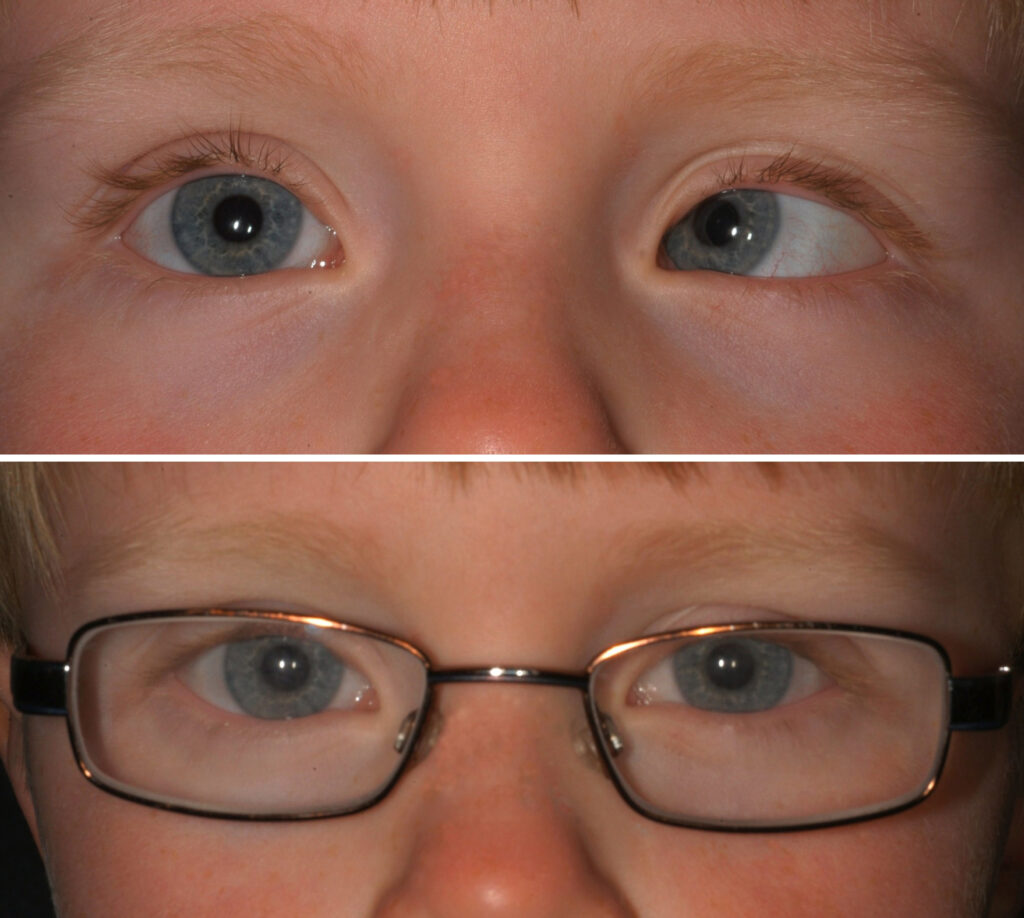A common question I get from parents at our practice is, “when should I bring my child in for an eye exam?” It’s an important question for parents to consider. It can be difficult for parents to spot a problem in their child’s ocular health, without obvious issues that would bring them in. The American Optometric Association recommends having your child’s first exam between 6-12 months of age. Then, at least follow-up eye exams at ages 3 and 5. But why are these visits so important?
One of the main reasons it is important for infants and children to have eye exams is to check the overall health of the eye. Your provider can look at the outside and inside of your child’s eyes, to ensure healthy anatomy and rule out any pathology/diseases within the eyes. It is important to catch any disease process as early as possible, to pursue the appropriate treatment(s).
Along with checking the health of your child’s eye, your doctor will also check for any nearsightedness, farsightedness, or astigmatism. It is important to determine the vision of the eye to provide glasses, if necessary, to promote the development of the visual pathway. Let me explain this process in a little more detail.

You have probably heard of the term “lazy eye” to describe an eye that does not see as well as the other. The medical term for this is amblyopia. Amblyopia develops when a child’s eye does not develop, due to a large amount of uncorrected nearsightedness, farsightedness, or astigmatism. Other contributors to amblyopia are an eye turn or physical blockages of vision by a cataract or a scar.
The first 6-9 years of life are described as the “critical period” for visual development. This means the connection from the eyes to the brain is developing and begins to set in stone, as the “critical period” comes to an end. So, if the child is extremely nearsighted in one eye, that eye will not develop to see clearly, after the critical period ends. This means if they show up for an exam as an adult, that eye will not be able to see clearly, even with glasses.

These factors are why it is so important to bring your children in for eye exams, as recommended by the American Academy of Optometry. Vision is relative. If your child is very nearsighted, all they have ever known is the vision that they have. They will not be able to tell you things are blurry because they don’t know what clear vision is. Also, if one eye is clear and the other eye needs glasses, the child will again just use the clear eye and learn to ignore their weaker eye. They would not know that one eye is even blurry.
I know this can be a scary thought, to think our kids are susceptible to having a lazy eye, without the parent’s knowledge, leaving them stuck with blurry vision for the remainder of their lives. But, with glasses and other forms of treatment, this condition can be greatly improved. Plus, with proper follow-ups with your optometrist or ophthalmologist, the “weaker eye” should be able to develop to see 20/20, just like its counterpart.

Several treatments can be utilized to correct amblyopia. Your doctor will usually start with glasses, depending on the severity of the case. Patches may be used 2-4 hours a day to cover the good eye, forcing the weaker eye to work. Sometimes eye drops are used, instead, to make the good eye blurry, forcing the weak eye to work. Vision therapy is another approach used by doctors to help treat amblyopia. Vision Therapy is a treatment plan constructed by your doctor, which contains different types of eye exercises for your child to perform, to improve the function of the lazy eye and the visual pathway. Depending on the severity of the amblyopia, these exercises are performed at home and in the clinic for a set number of weeks.
In summary, I would recommend following the guidelines laid out by the American Academy of Optometry and bring your child for an eye exam at the ages of 6-12 months, 3 years, and 5 years. It will enable parents and providers a great head-start on building the foundation for healthy eyes and vision for the rest of their lives.










